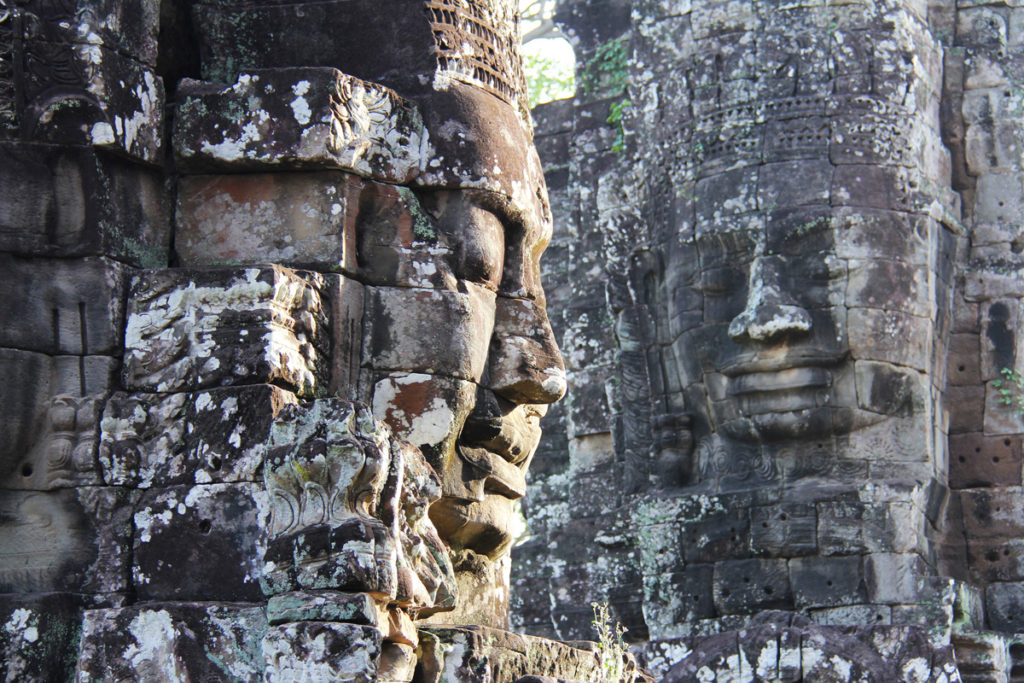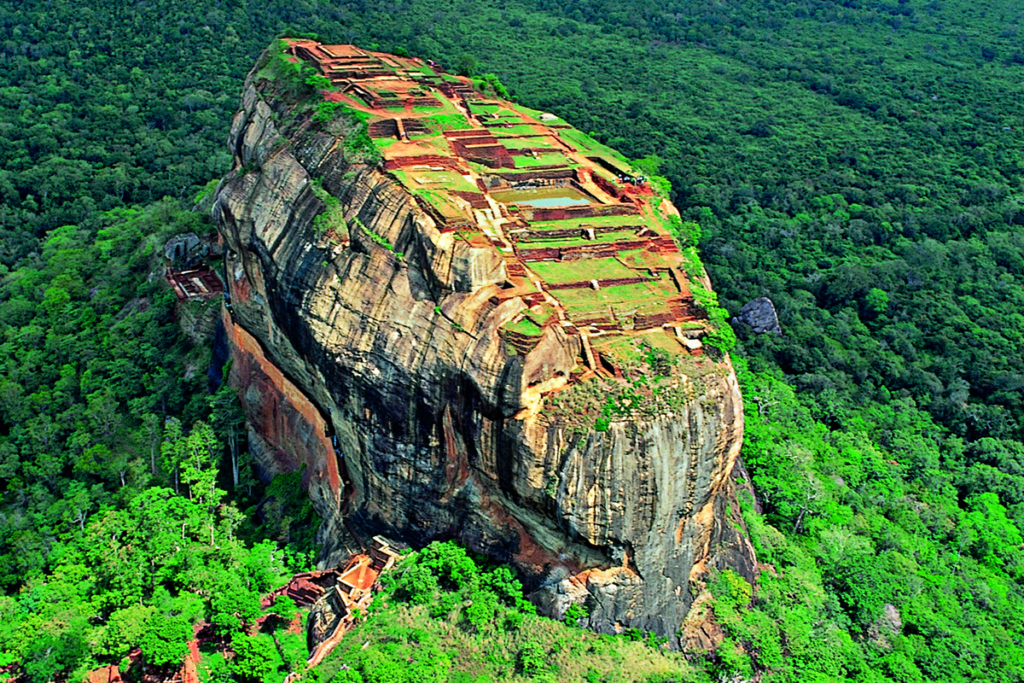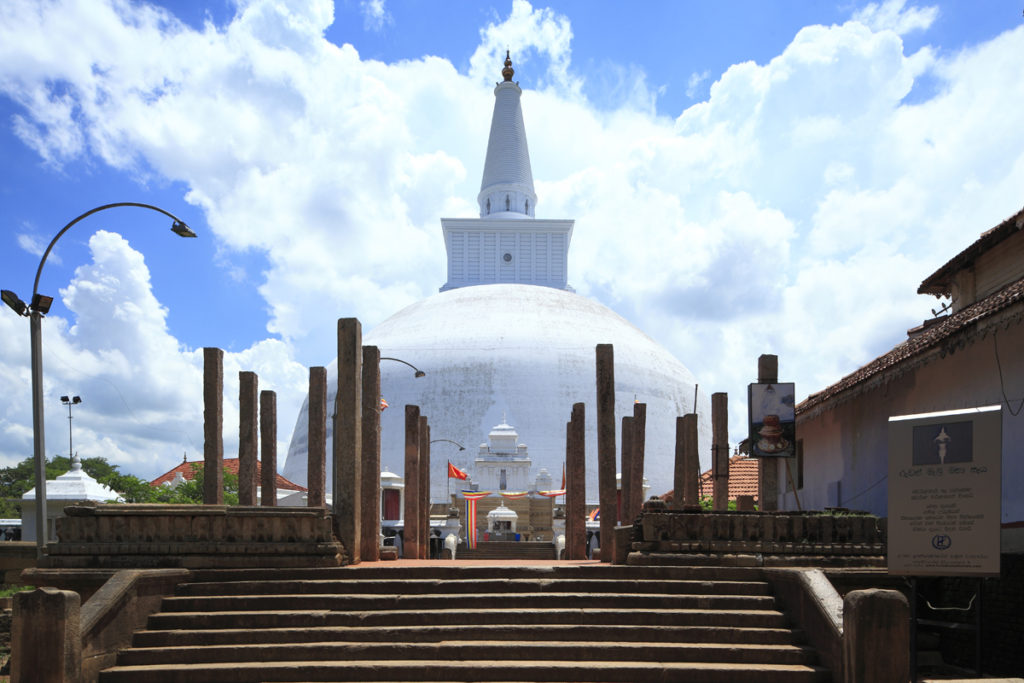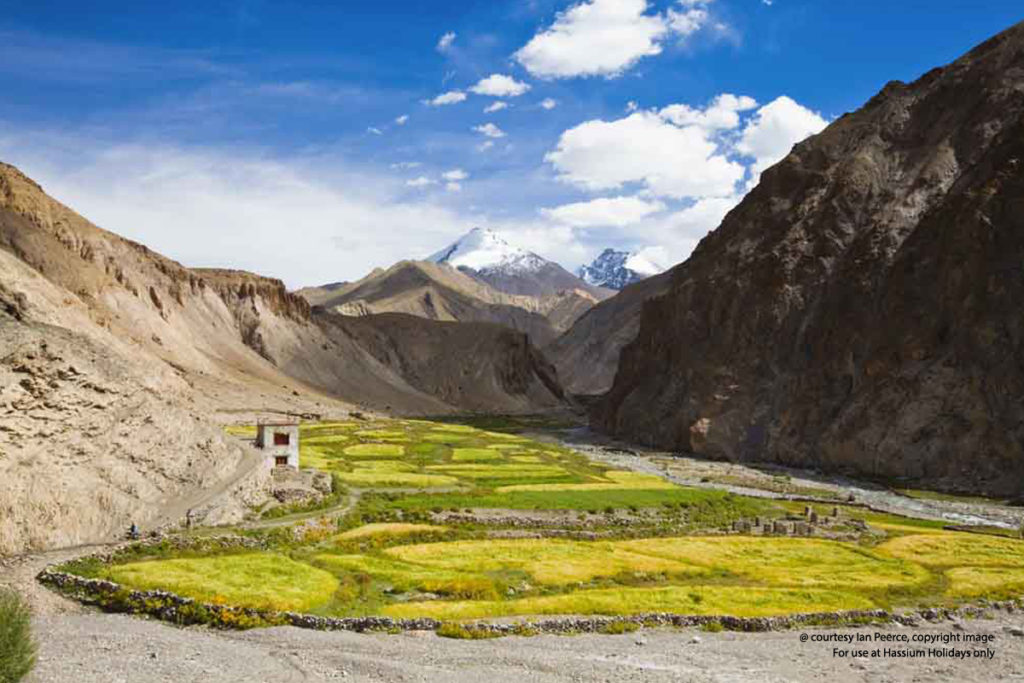“This is Burma and it will be quite unlike any land you know about”, wrote Rudyard Kipling in Letters from the East in 1898. Amazingly, even after over a century later, this quote still rings very true as Burma still retains the power to surprise and delight even the most jaded of travellers. In an exotic world where its culture, way of life and mind set have remained pretty much intact despite today’s interconnected world, Myanmar is ripe for the pickings.
You will be dazzled by the ‘winking wonder’ of Shwedagon Paya. Contemplating the centuries old 4000 sacred stupas scattered across the plains of Bagan. Stare in disbelief at the Golden Rock at Mount Kyaiktiyo, the Hkakabo Razi, and part of the Himalayas teetering impossibly on the edge of a chasm. These are all important Buddhist sights in Myanmar where devoted monks are more revered than rock stars. As well as South East Asia’s most pristine and untouched beaches, around 135 different ethnicities make this country one of the most ethnically diverse countries in the world.
Burma also offers plenty of stepping-back-in-time opportunities, which give the country a sense of adventure, pureness and exotic appearance that is a breath of fresh air. You will be amazed by the variety of travel options and as always, continue to be drawn to one of its strongest feats, its people.







 Many of the flights and flight-inclusive holidays on this website are financially protected by the ATOL scheme. But ATOL protection does not apply to all holiday and travel services listed on this website. Please ask us to confirm what protection may apply to your booking. If you do not receive an ATOL Certificate then the booking will not be ATOL protected. If you do receive an ATOL Certificate but all the parts of your trip are not listed on it, those parts will not be ATOL protected. Please see our booking conditions for information, or for more information about financial protection and the ATOL Certificate go to
Many of the flights and flight-inclusive holidays on this website are financially protected by the ATOL scheme. But ATOL protection does not apply to all holiday and travel services listed on this website. Please ask us to confirm what protection may apply to your booking. If you do not receive an ATOL Certificate then the booking will not be ATOL protected. If you do receive an ATOL Certificate but all the parts of your trip are not listed on it, those parts will not be ATOL protected. Please see our booking conditions for information, or for more information about financial protection and the ATOL Certificate go to